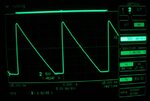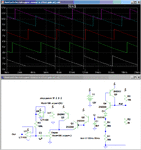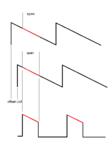neazoi
Advanced Member level 6
Yes, it is getting a little confusing. :-? The circuit in #34 is includes my modifications to iimagine"s circuit to solve a couple problems I noted and added the output buffer. Note that I also changed some resistor values which seemed to improve circuit performance and increase the output voltage with a 12V supply.
Ok I will try this today and let you know.




